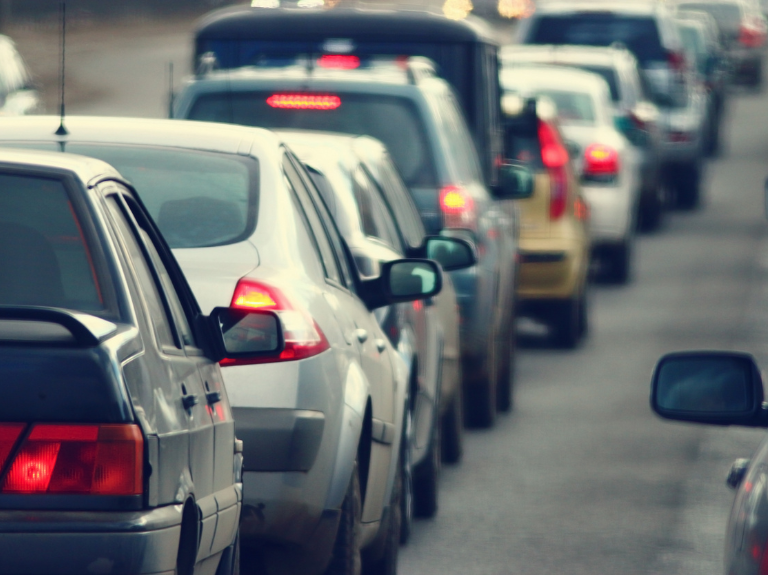
Tunisia offers a relatively good road network that connects major cities, tourist attractions, and remote areas:
Highways and Expressways: The main highways (autoroutes) such as the A1 run along the coast, linking Tunis with Sfax, Sousse, and Gabès. These roads are well-maintained and allow smooth driving at reasonable speeds.
Secondary Roads: Outside the highways, roads can be narrower and less maintained, especially in rural or desert areas. Expect potholes or uneven surfaces in some locations.
City Roads: Urban driving can be busy and chaotic, especially in Tunis, Sfax, and other big cities, with frequent scooters, pedestrians, and informal street vendors.
Desert Roads: Driving in the Sahara requires caution and a suitable vehicle (4x4 recommended). Some desert roads are unpaved or sandy.
Understanding Tunisia’s driving laws will help you stay safe and avoid fines:
Driving Side: Right-hand side of the road.
Speed Limits: Generally,
50 km/h in urban areas,
90–110 km/h on rural roads,
Up to 130 km/h on highways (autoroutes).
Seat Belts: Mandatory for all passengers.
Alcohol Limit: Strict; the legal blood alcohol limit is 0.0‰ for professional drivers and 0.1‰ for private drivers. Police often check, so avoid drinking if you plan to drive.
Mobile Phones: Use of handheld phones while driving is illegal.
Documentation: You must carry your driver’s license, vehicle registration, and insurance papers at all times.
International Driver’s Permit: Recommended for tourists. Some car rental agencies require it.
Children: Children under 10 are not allowed to sit in the front seat.
Road signs in Tunisia follow international standards and are mostly in Arabic and French.
Major highways have clear directional signs.
Beware of pedestrians crossing unexpectedly, especially outside urban areas.
Some signs may be faded or missing in remote areas, so drive cautiously.
Traffic: Tunis can have heavy traffic, especially during rush hours.
Aggressive Driving: Some local drivers may drive aggressively or ignore traffic rules like signaling or lane discipline.
Pedestrians and Animals: Watch out for pedestrians crossing roads, sometimes suddenly, and for stray animals on rural roads.
Road Hazards: Sandstorms and dust can reduce visibility near desert areas.
Night Driving: Avoid driving in poorly lit rural areas at night if possible.
Popular Companies: International brands like Hertz, Europcar, and local companies offer rentals.
Requirements: Minimum age is usually 21 or 23 with at least one year of driving experience.
Types of Cars: Small compact cars are common and practical for city and highway driving. For desert trips, rent a 4x4.
Insurance: Basic insurance is included; consider additional coverage for peace of mind.
Manual Transmission: Most rental cars have manual gearboxes, so ask for an automatic if needed.
Urban Areas: Parking can be tight in cities. Look for official parking lots or marked zones.
Paid Parking: Some areas have paid parking with ticket machines or attendants.
Illegal Parking: Avoid parking in no-parking zones to prevent fines or towing.
Security: Use secured parking when possible; theft and vandalism can occur.
Always keep a valid copy of your passport and car documents in the car.
Be patient and stay calm in traffic jams.
Use GPS or offline maps; mobile data coverage is good in urban areas but may be spotty in remote regions.
Fill up on fuel in major towns; some desert areas have few gas stations.
Keep a roadside emergency kit including water, a flashlight, and basic tools.
If you get stopped by police, remain polite and cooperative.
Check your car’s condition carefully before starting desert or long-distance trips.
Coastal Drive: From Tunis along the Mediterranean coast through Nabeul, Hammamet, Sousse, and Monastir.
Kairouan and the Interior: Explore Tunisia’s historic heartland and religious sites.
Sahara Desert Routes: To Tozeur, Douz, and Matmata for unique desert landscapes.
Northern Tunisia: Visit the charming towns of Bizerte and Kelibia with coastal views.
Police: 197
Roadside Assistance: Available in major cities; check your rental company’s emergency number.
Ambulance: 190
Fire Brigade: 198
Driving in Tunisia opens up a world of adventure and discovery. With a mix of modern highways and scenic rural roads, you can explore the country’s rich culture, breathtaking landscapes, and warm hospitality at your own pace. By respecting local driving laws and practicing caution, you’ll enjoy a safe and memorable Tunisian road trip.